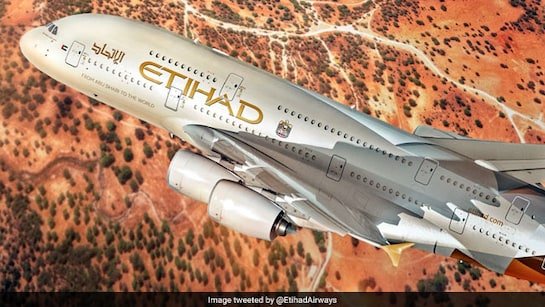Etihad Airways has advised its pilots operating Boeing 787 Dreamliners to “exercise caution” when handling the aircraft’s fuel control switches. In a safety directive, the Dubai-based airline also ordered a fleet-wide inspection of the locking mechanisms on these switches as a precaution. This came after preliminary findings from India’s Aircraft Accident Investigation Bureau (AAIB) into the crash of Air India Flight 171 were published on June 12.
The AAIB report revealed that both engine fuel control switches on the Air India aircraft were moved from the ‘RUN’ to ‘CUTOFF’ position seconds after takeoff from Ahmedabad. This led to a complete loss of engine thrust. Audio from the cockpit voice recorder captured one pilot asking the other, “Why did you cut off fuel?” to which the response was, “I didn’t.”
Etihad has now taken an “abundance of caution” approach. It has also released a separate engineering bulletin ordering a fleet-wide inspection of the locking mechanisms of the fuel control switches.
The action by Etihad comes amid renewed scrutiny of a 2018 advisory issued by the US Federal Aviation Administration (FAA), which warned operators of certain Boeing aircraft to inspect the locking mechanisms on fuel control switches.
The AAIB report said that Air India failed to act on this advisory. While both the FAA and Boeing have since claimed that the existing switch design does not present an unsafe condition requiring a formal airworthiness directive, airlines including Etihad and Singapore Airlines have initiated precautionary inspections across their 787 fleets.






